A gas fireplace is no longer just a steel box that burns cleanly—it’s a design chameleon that can slice through walls, hover in corners, or turn even a tiny studio into a hygge haven. Recent trends spotlight linear silhouettes, smart-home connectivity, and outdoor installations that blur the line between inside and out, while advances in burner efficiency make today’s gas fireplaces greener than many furnaces. From rustic stone surrounds to LED-lit contemporary ribbons, the options are as varied as the rooms they warm. Ready to spark some inspiration? Explore twenty fresh gas fireplace ideas that blend form, function, and flickering charm.
1. Sleek Linear Gas Fireplace Wall
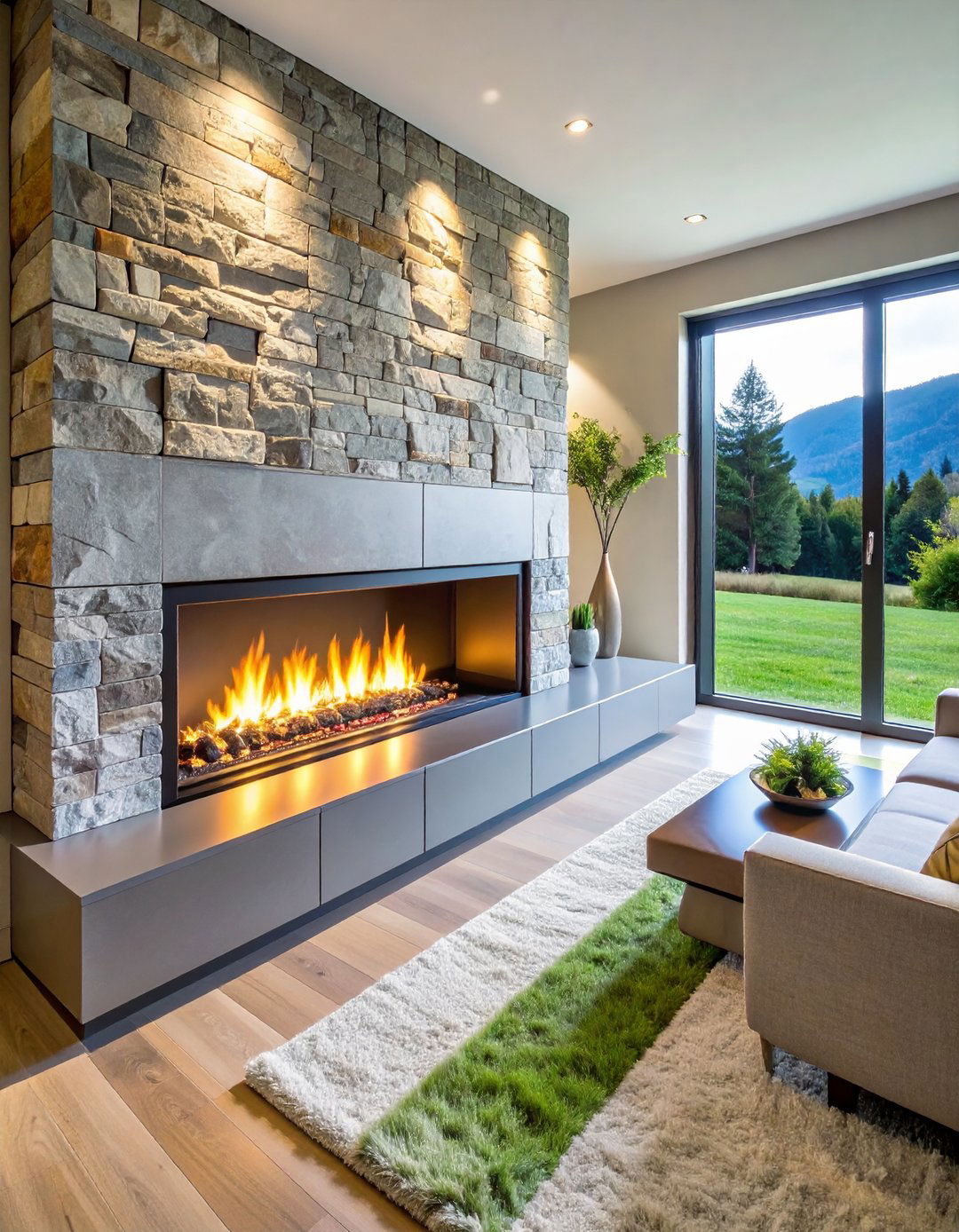
A crisp horizontal line of flame instantly modernizes a room. A linear gas fireplace installed flush within a stone or drywall feature wall keeps sight-lines clean, while an optional heat-transfer kit allows art or a television to hang safely above without scorching electronics. Because the burner spans three to six feet, the flame reads more like a living light sculpture than a traditional firebox, delivering even radiant heat across open-plan spaces. Pairing the slim box with oversized porcelain slabs or textured plaster amplifies the low-profile aesthetic, creating a strong focal point that still feels airy and sophisticated, perfect for both casual gatherings and evening relaxation.
2. Double-Sided Gas Fireplace Divider
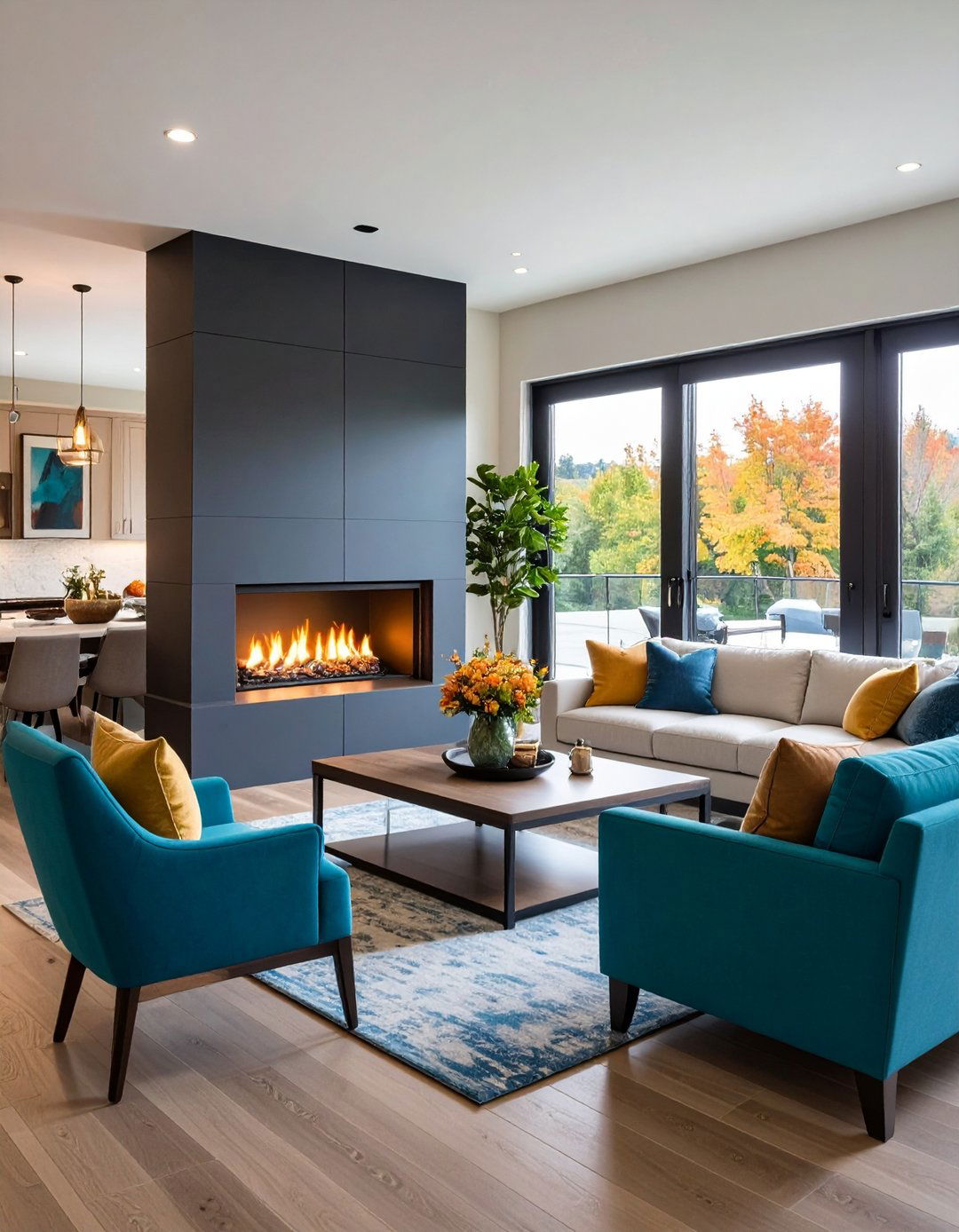
Unlike a solid wall, a double-sided gas fireplace lets living and dining zones share the same hypnotic flame, creating intimacy on both sides without blocking daylight. Because the firebox is sealed with glass, heat radiates evenly into each room while preventing drafts and smoke, making it safer than a traditional pass-through wood unit. Positioning the burner at eye level allows seated guests to enjoy the view, and choosing finish materials that complement flooring in both areas helps the structure feel intentional rather than imposing. Add a built-in bench or ledge on either side to double as extra seating or display space.
3. Corner Gas Fireplace Nook
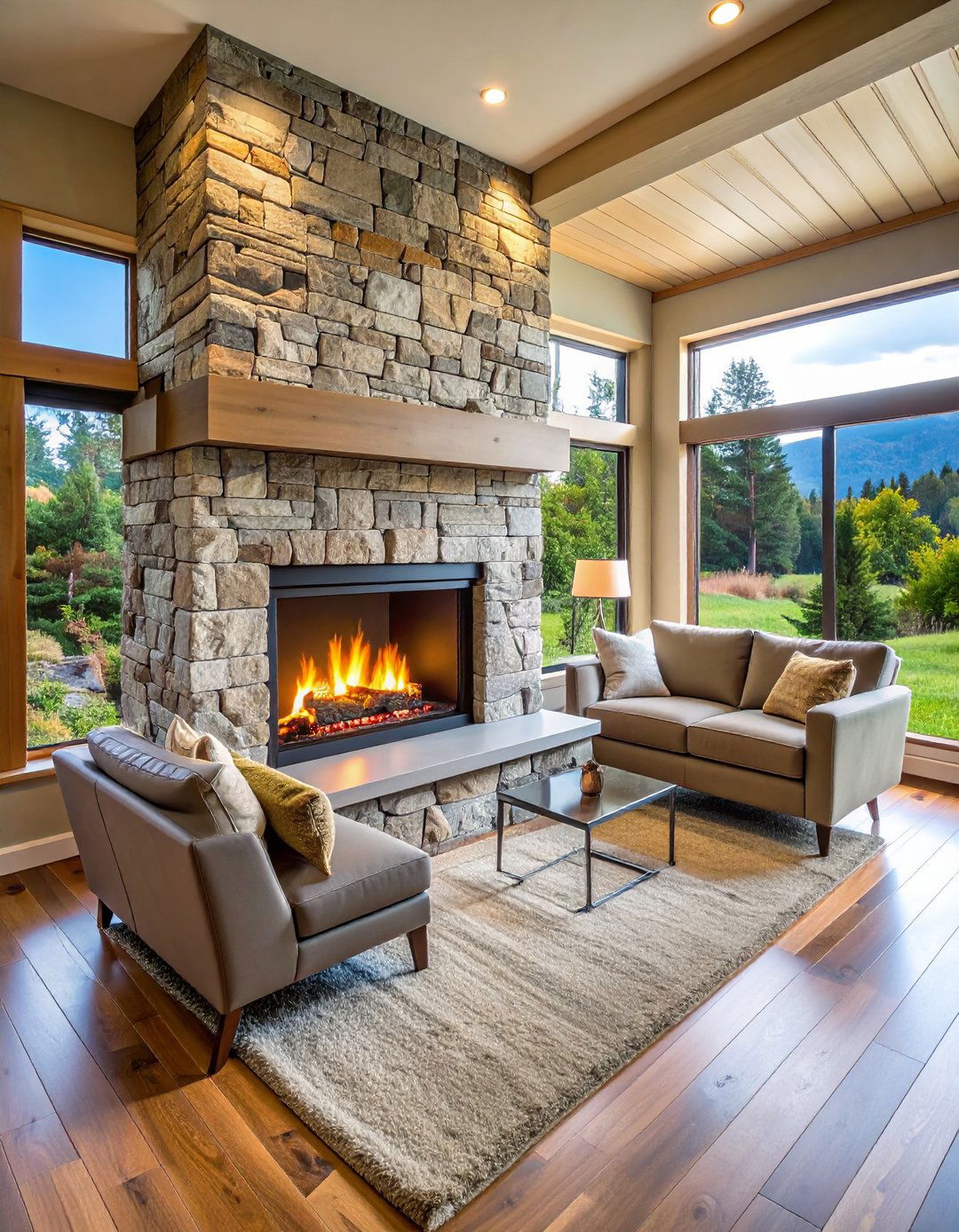
Nestling a gas fireplace into an unused corner instantly turns dead space into the coziest spot in the house. Angling the unit at forty-five degrees broadens its viewing window so flames can be enjoyed from multiple seating arrangements, a trick designers love for small living rooms. Wall-mounted TVs or art fit comfortably on the adjacent walls, eliminating awkward furniture layouts. Stone veneers or shiplap panels that wrap both adjoining faces visually anchor the corner and make the elevation feel deliberate. Add a deep hearth seat to create a reading nook where you can stretch out with a blanket as the fire crackles.
4. Outdoor Covered Patio Gas Fireplace
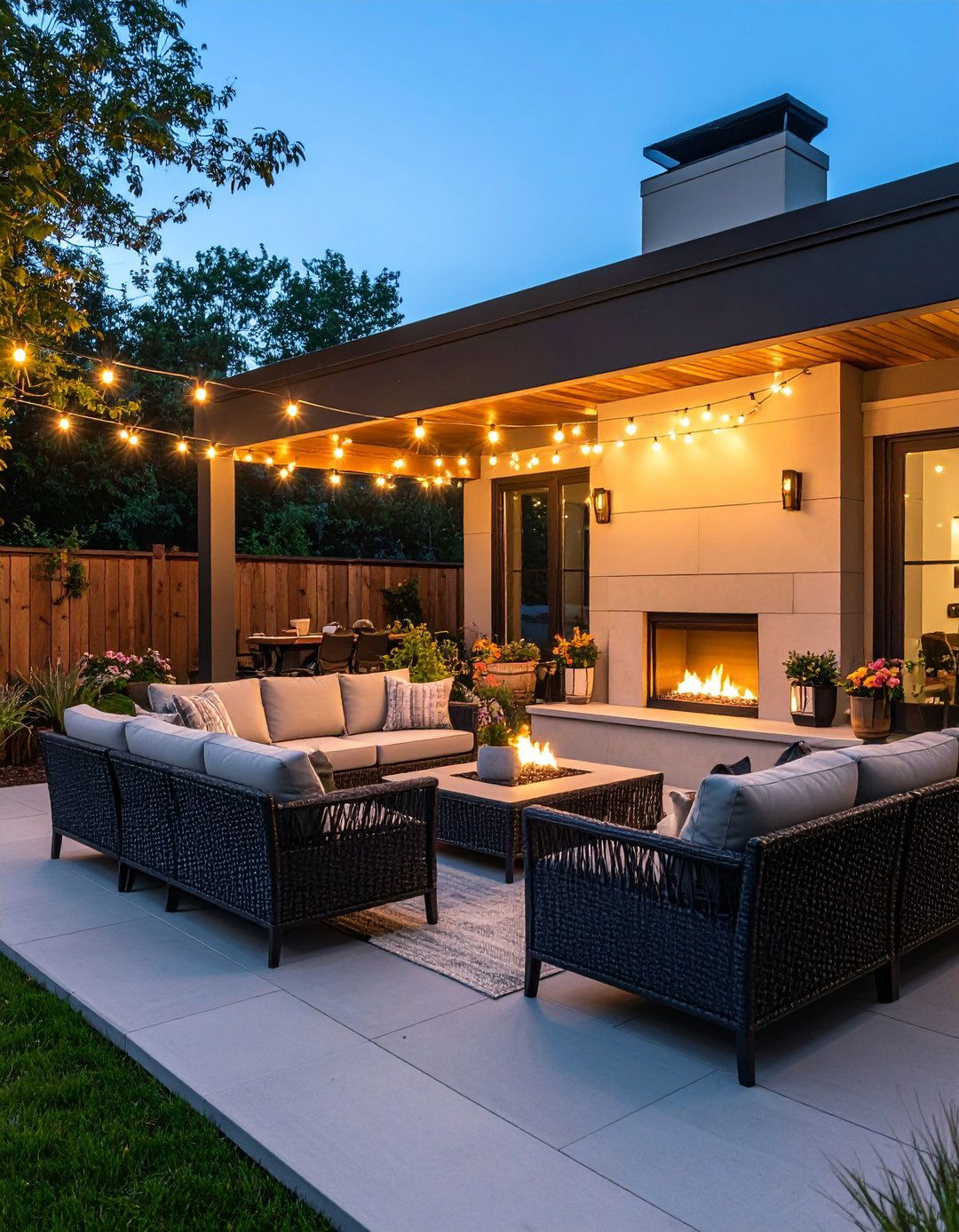
Even when temperatures dip, an outdoor gas fireplace tucked beneath a covered patio extends alfresco season well past sunset. Because gas eliminates stray embers, you can safely integrate plush seating, throw pillows, and weather-proof rugs right up to the hearth for true living-room comfort. Opt for a linear or portrait-style insert clad in stainless steel to withstand moisture, and wire a ceiling fan or infrared heater nearby to push warm air outward. Pairing the fireplace with built-in bench planters anchors the seating circle and softens hardscapes with greenery. Add lanterns or string lights overhead to create a layered glow that welcomes long conversations.
5. Gas Fireplace with Built-In Bookcases

Combining a gas fireplace with flanking built-in bookcases turns an ordinary wall into a fireside library worthy of rainy-day retreats. Recessed cabinetry hides electronics and provides adjustable shelves for novels, vinyl, or collectibles, while the fire’s reflective glass intensifies the rich colors of spines and artwork. Because modern gas inserts stay cooler at the top than wood fires, delicate bindings experience less heat stress, yet a blower still circulates warmth outward to the room. Paint the cases in a contrasting tone to highlight their architectural frame, or match millwork to crown molding for a seamless, furniture-like effect that elevates the entire space.
6. Scandinavian Minimalist Gas Fireplace
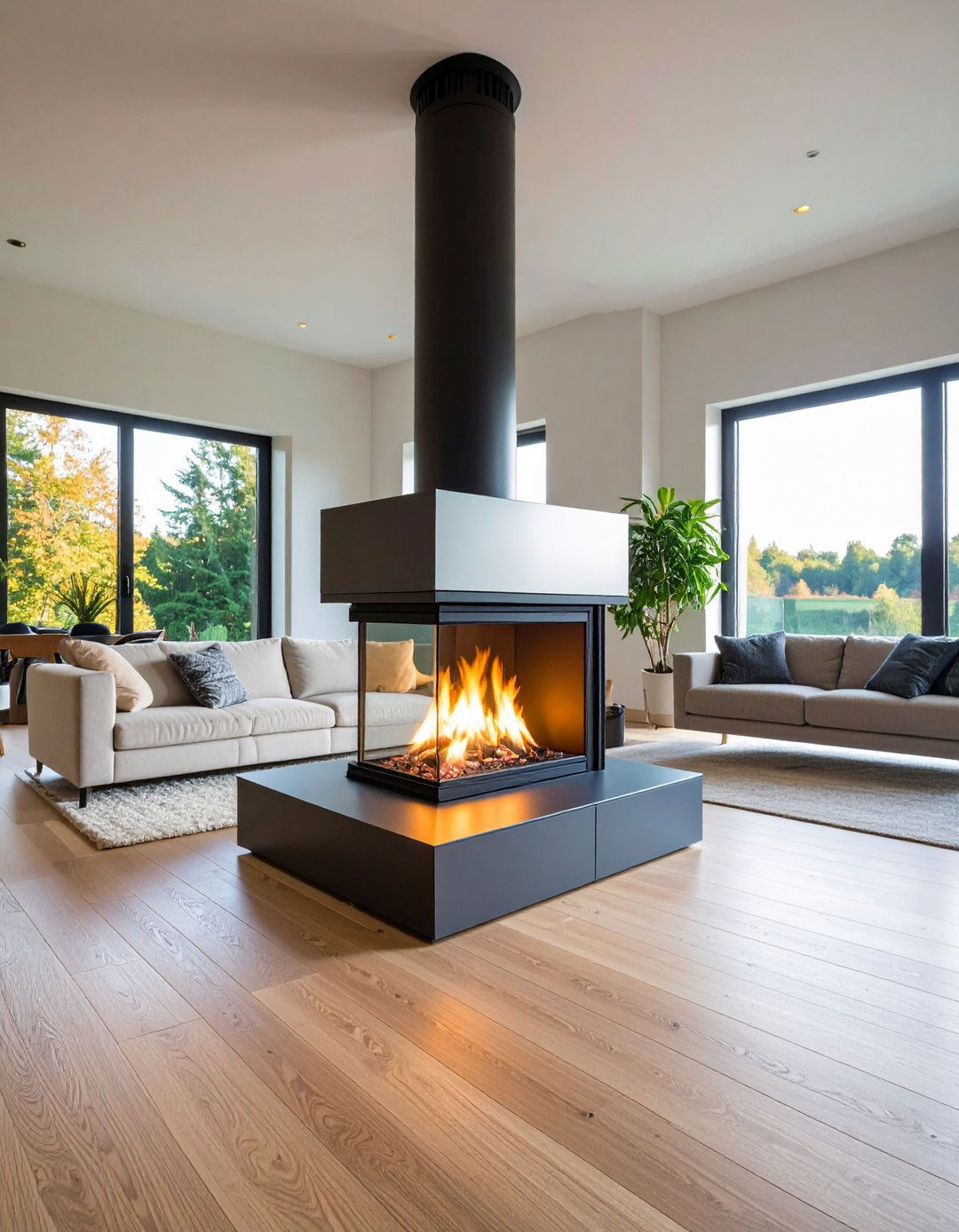
Looking for serenity? A Scandinavian-inspired gas fireplace layers warmth over snowy white walls, pale oak floors, and tactile wool throws. The insert’s frameless black steel surround disappears when the flames ignite, allowing flickering light to play against clean surfaces. Instead of a bulky mantel, designers favor thin floating shelves or no shelf at all, accenting the simplicity with a single ceramic vase or birch log holder. Pairing the minimalist firebox with floor-to-ceiling windows keeps the space bright even in Nordic-length winters, while radiant heat offsets drafts without cluttering lines with radiators or vents.
7. Rustic Stone-Clad Gas Fireplace
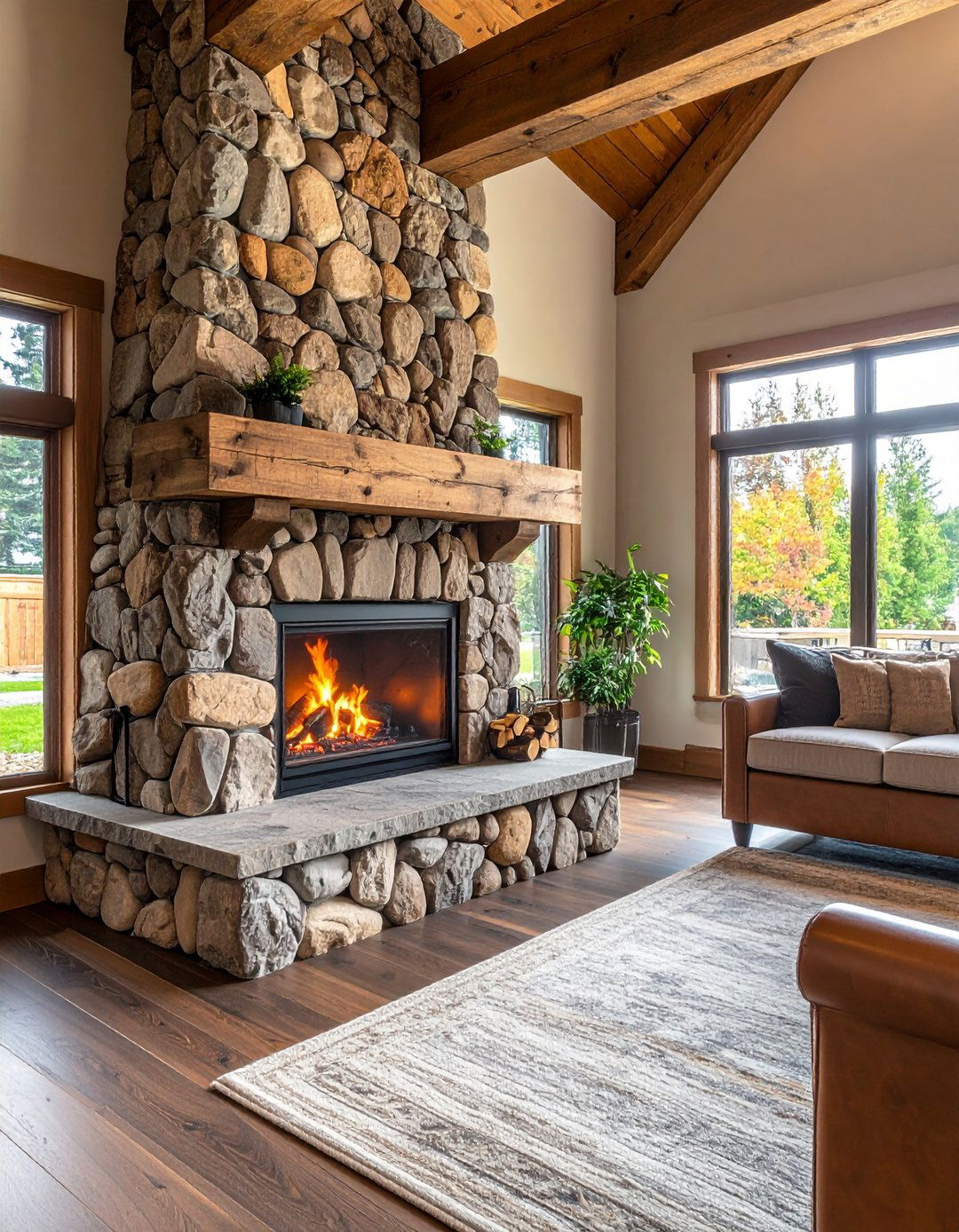
Certainly nothing beats the sense of refuge created by a gas fireplace wrapped in boulder-size fieldstone or river rock. The irregular texture captures and radiates heat long after the burner shuts down, lending that slow, enveloping warmth mountain cabins are famous for. Topping the masonry with a thick reclaimed-beam mantel adds a tactile ledge for lanterns or antlers, while leaving smoke-stained memories in the past thanks to the clean-burning gas insert. Consider extending the stone to the ceiling ridge to exaggerate height, or run it only halfway for a balanced mix of rustic and drywall that suits suburban great rooms.
8. Modern Gas Fireplace TV Wall
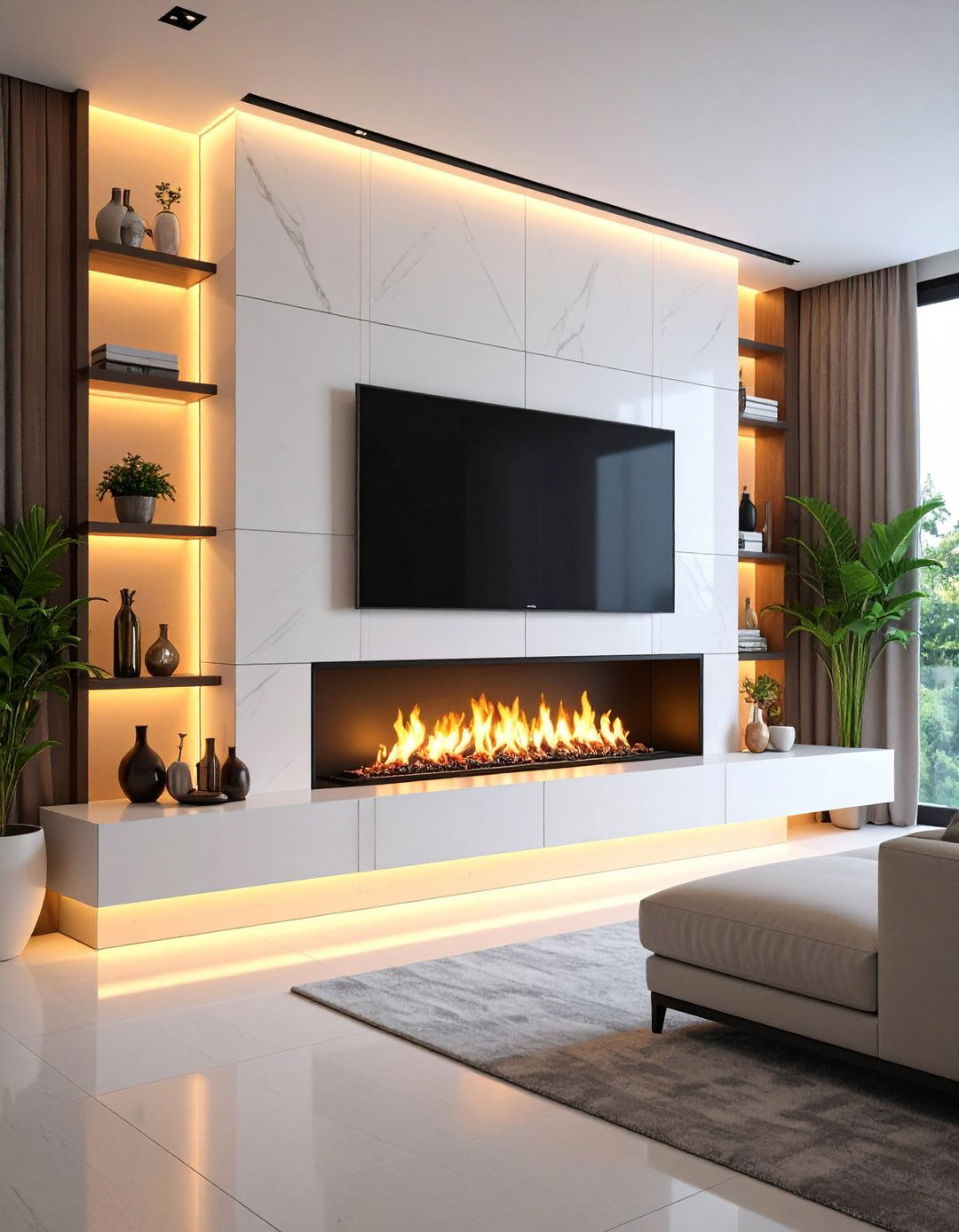
Take media integration to the next level by embedding a slim gas fireplace directly beneath a wall-mounted television. Heat-management ducts redirect warmth away from electronics, allowing you to binge-watch without worrying about overheating sensitive components. Aligning the firebox width with the TV frame creates visual symmetry, while cladding the feature wall in large-format porcelain makes the pair read as one sculptural element. Recessing an LED light strip along the ceiling further accentuates the linear geometry and prevents glare on the screen. The result is an uncluttered entertainment hub that keeps wires hidden and ambiance front and center.
9. Vertical Ribbon Gas Fireplace
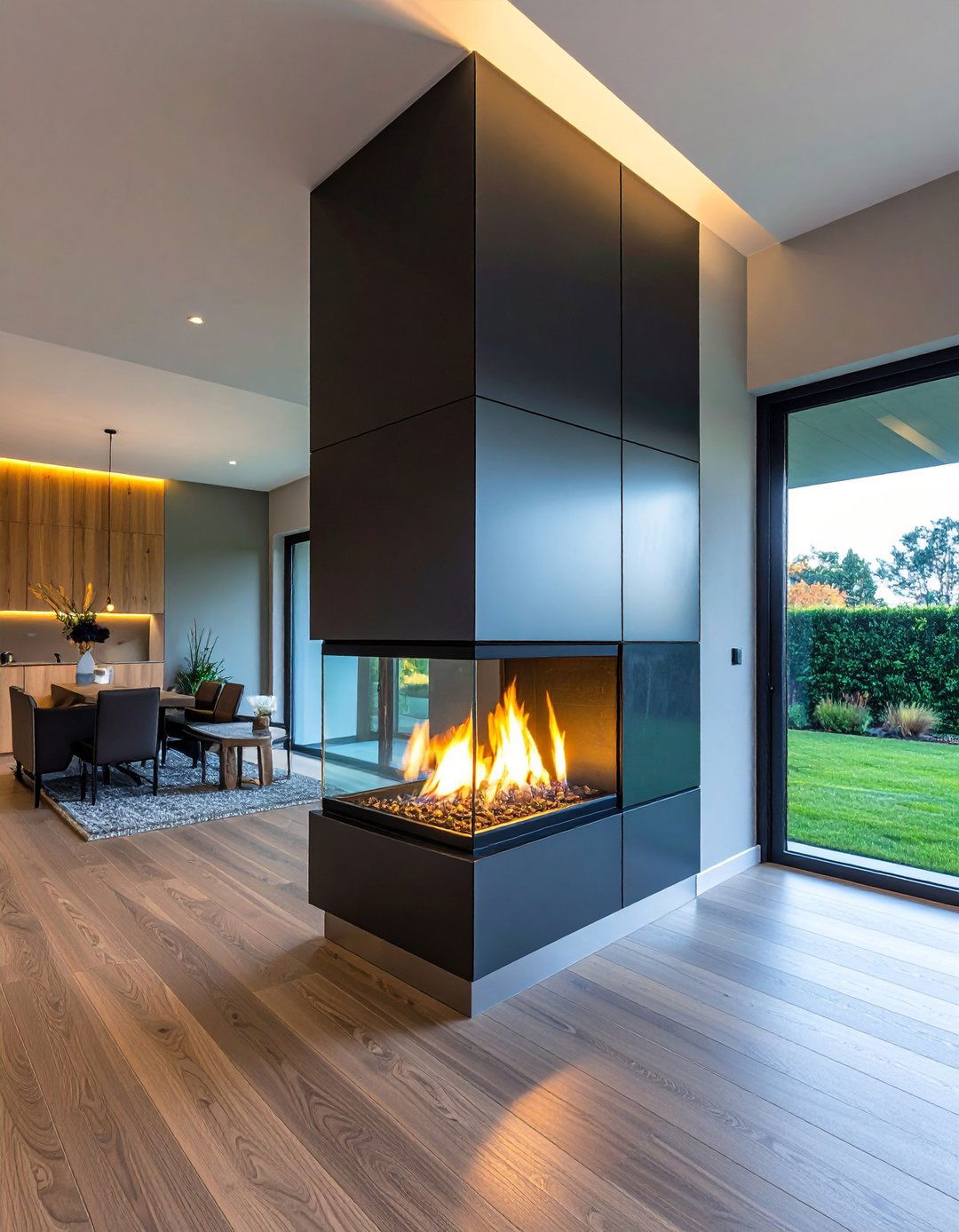
By flipping the conventional horizontal form on its end, a vertical ribbon gas fireplace delivers a dramatic column of fire that punctuates narrow walls or stair landings. The tall opening draws the eye upward, emphasizing ceiling height and making compact rooms feel loftier. Reflective black glass panels multiply flame movement, and some models allow stacking two units for a double-story effect. Because the footprint is slim, you can tuck the fire between floor-to-ceiling shelves or at the end of a hallway, adding instant architectural interest without sacrificing valuable square footage, even in busy households.
10. Peninsula Gas Fireplace for Open Plans
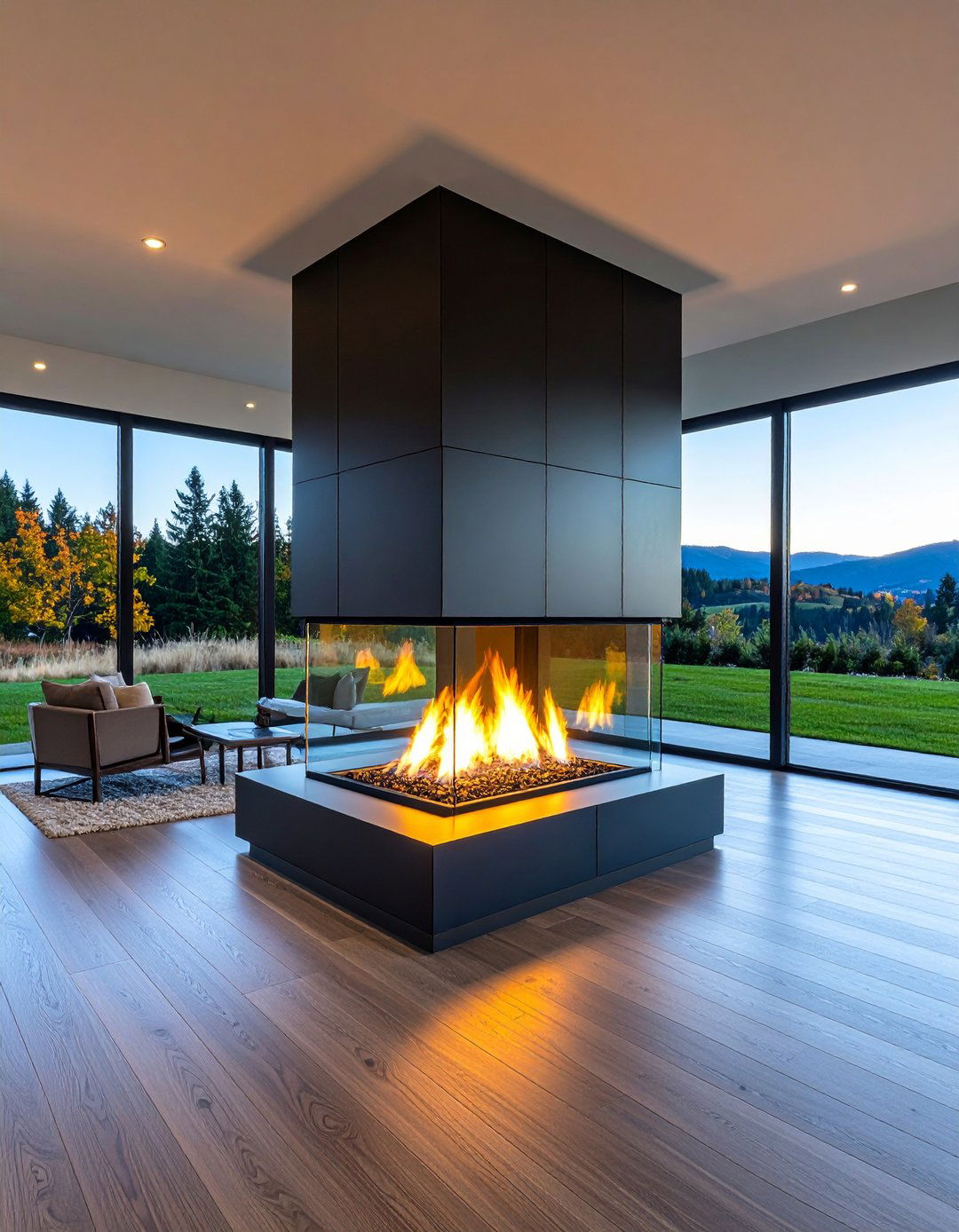
One gas fireplace, three glass faces: the peninsula configuration is a striking solution for expansive floor plans that still crave cozy zones. Suspended between columns or rising from a low half-wall, the unit sends warmth toward adjacent seating areas and sight-lines toward the kitchen, great room, and hallway all at once. Finished in seamless drywall, stone, or metal cladding, the firebox appears to float like a lantern, especially when a cantilevered stone-slab hearth wraps only two sides. Direct-vent operation keeps the burner efficient even as it serves multiple areas, reducing reliance on separate heaters.
11. Glass-Enclosed Gas Fireplace
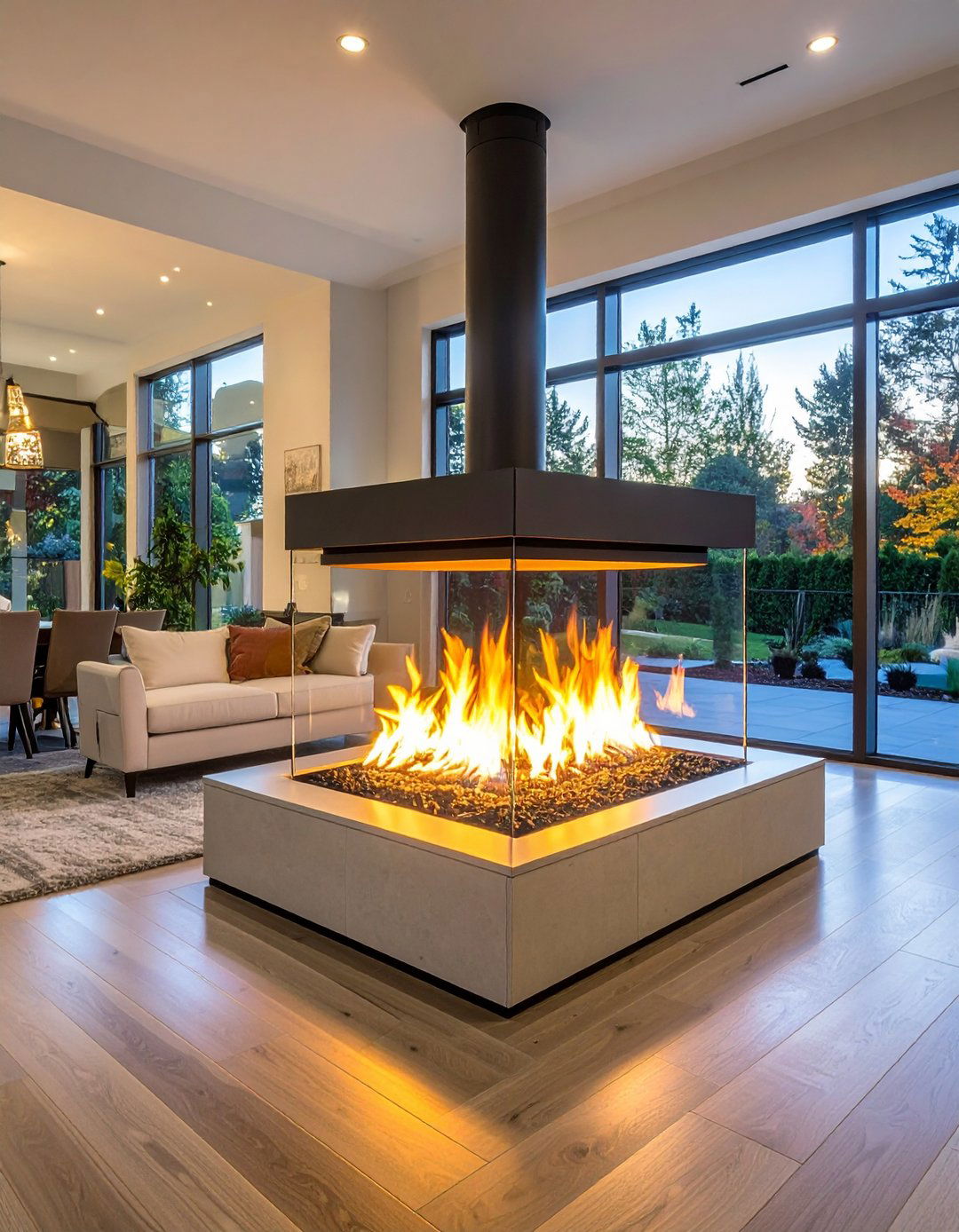
Bringing fire into high-traffic areas is easy when a gas fireplace is fully encased in frameless glass panels. The transparent enclosure prevents children or pets from touching hot surfaces while preserving a panoramic view of the dancing flames. Many manufacturers now add LED bed lighting and adjustable heat settings, so the feature can operate in ambiance-only mode during warm months. Pair the enclosure with polished concrete floors for a gallery vibe, and conceal the venting within overhead soffits to maintain 360-degree clarity. This centerpiece doubles as a quiet safety upgrade for family homes.
12. Traditional Mantel Gas Fireplace Upgrade

All things considered, swapping a drafty wood box for a sealed gas insert is the simplest way to modernize a traditional mantel while keeping its storybook silhouette. Patterned ceramic tiles or herringbone marble refresh the surround, and adjustable flames protect cherished heirlooms on the shelf. Efficiency jumps dramatically, trimming soot cleanup and heating bills alike. Striking details like arched fireboxes or iron andirons can stay, preserving historic character even as thermostatic controls deliver twenty-first-century comfort.
13. Floating Hearth Gas Fireplace
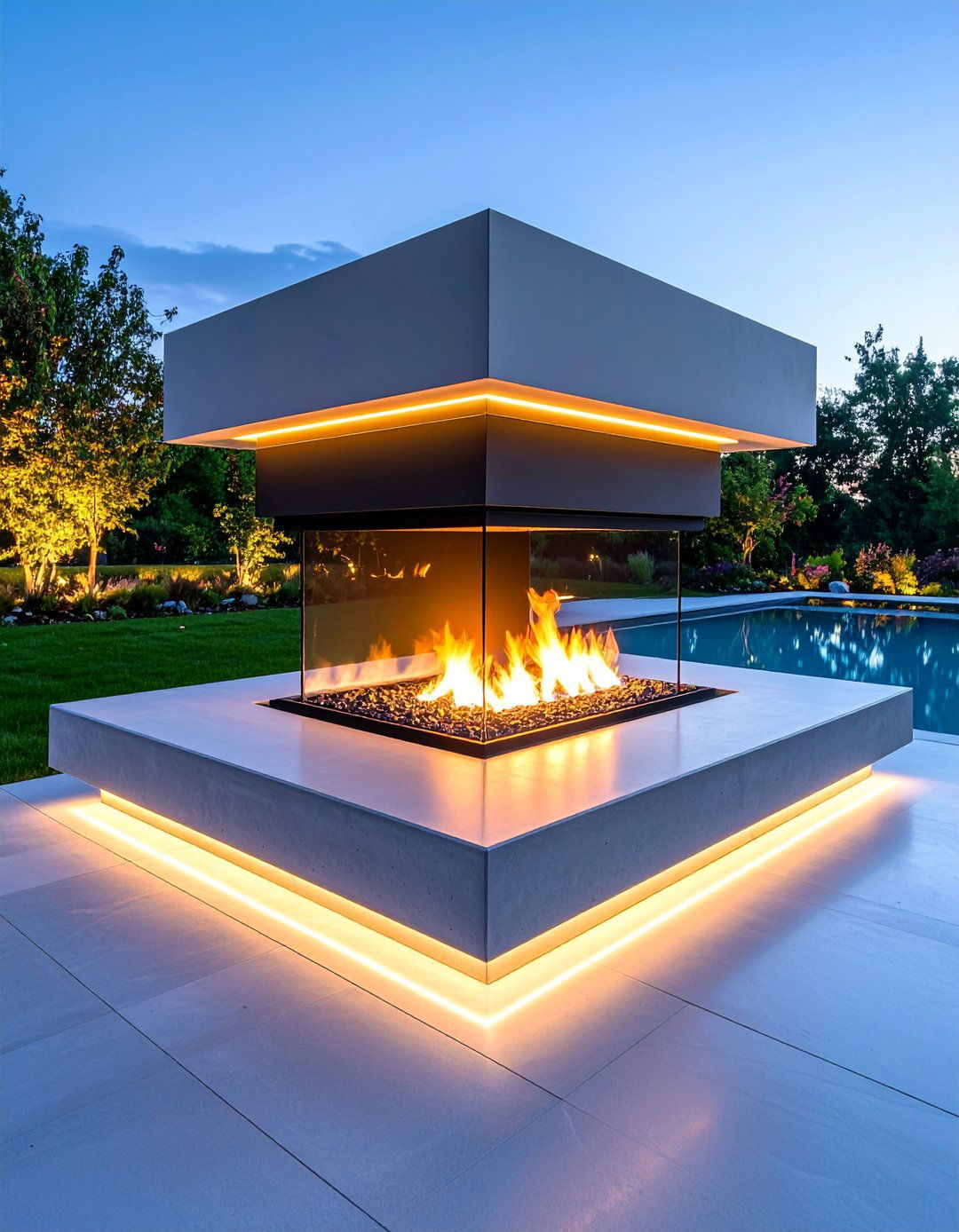
Unlike a bulky stone platform, a floating hearth of concrete or steel mounted a few inches off the floor makes a gas fireplace appear weightless. Concealed brackets carry the load, allowing LED strip lights to wash underneath and create a soft halo that doubles as pathway lighting. Robot vacuums glide under freely, keeping dust at bay. Finish the hearth in polished micro-cement for a seamless look or veneer it in planks that echo hardwood floors. The elevated plane also protects rugs from stray sparks, although with a sealed gas unit the risk is already minimal.
14. Gas Fireplace with LED Backlighting
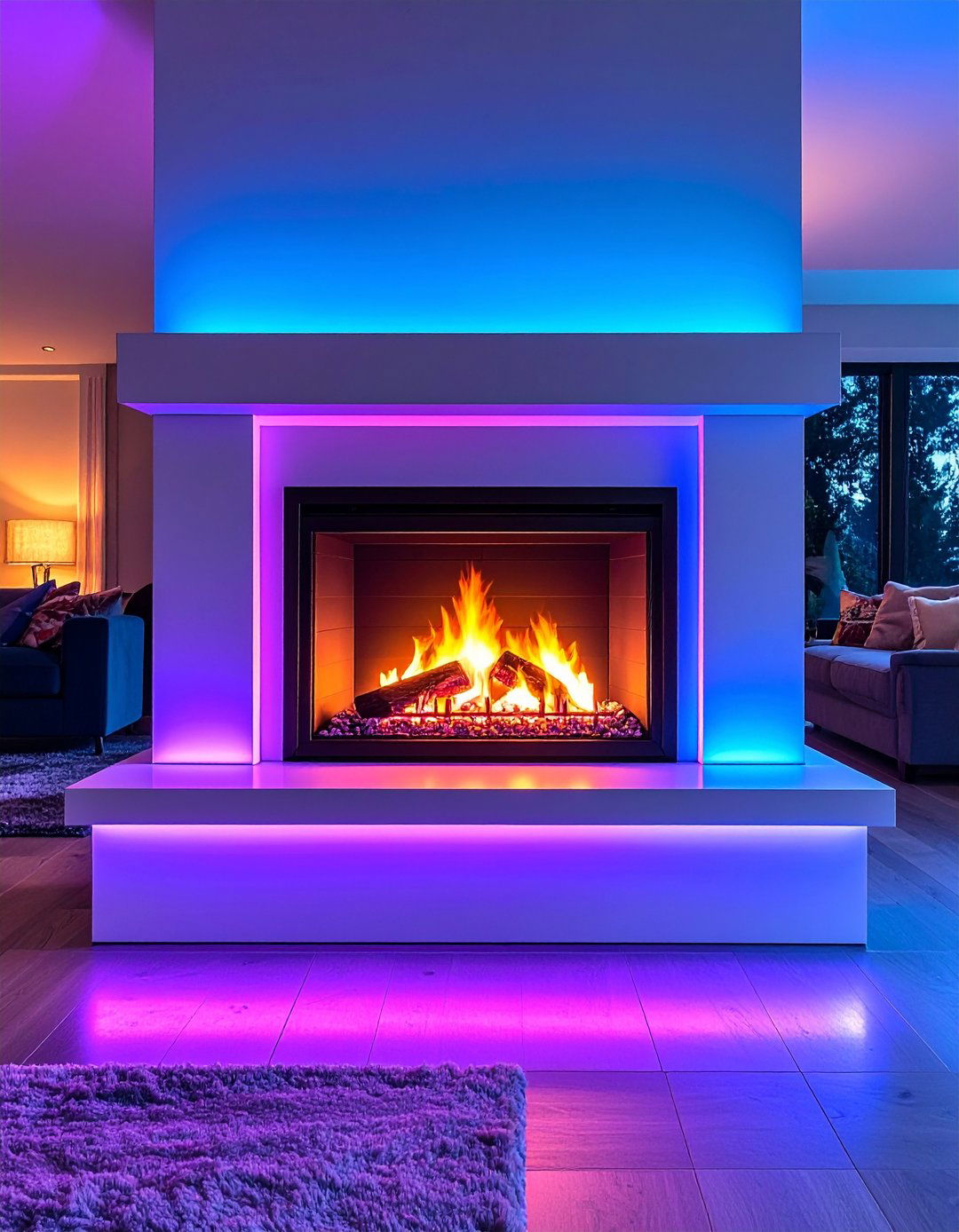
Surprisingly, you don’t need flames to feel ambiance; adding color-changing LED backlighting behind a gas fireplace frames the fire with a gentle glow even when the burner is off. An app-controlled light strip tucks into the reveal and can shift from warm amber to cool blue on demand. Because LEDs emit almost no heat, the upgrade is safe for combustible surrounds and only sips electricity. Pair the lighting with black glass media inside the firebed to amplify reflections, and you gain two moods—daytime art piece, nighttime aurora—without altering the fireplace itself.
15. Compact Gas Fireplace for Small Spaces

Take cozy on the road with a compact wall-mount gas fireplace designed for apartments, studios, or tiny homes. Measuring as little as sixteen inches wide, these units hang on standard studs and vent through rear walls, freeing up precious floor area. Corner kits or swivel brackets let you pivot the fire toward a lounging nook by day and the dining table by night. Because the burner output is lower, you avoid overheating cramped interiors while still enjoying quick, push-button warmth. It’s an ideal solution where electric heaters fall short but chimneys are impossible.
16. Smart-Home Connected Gas Fireplace
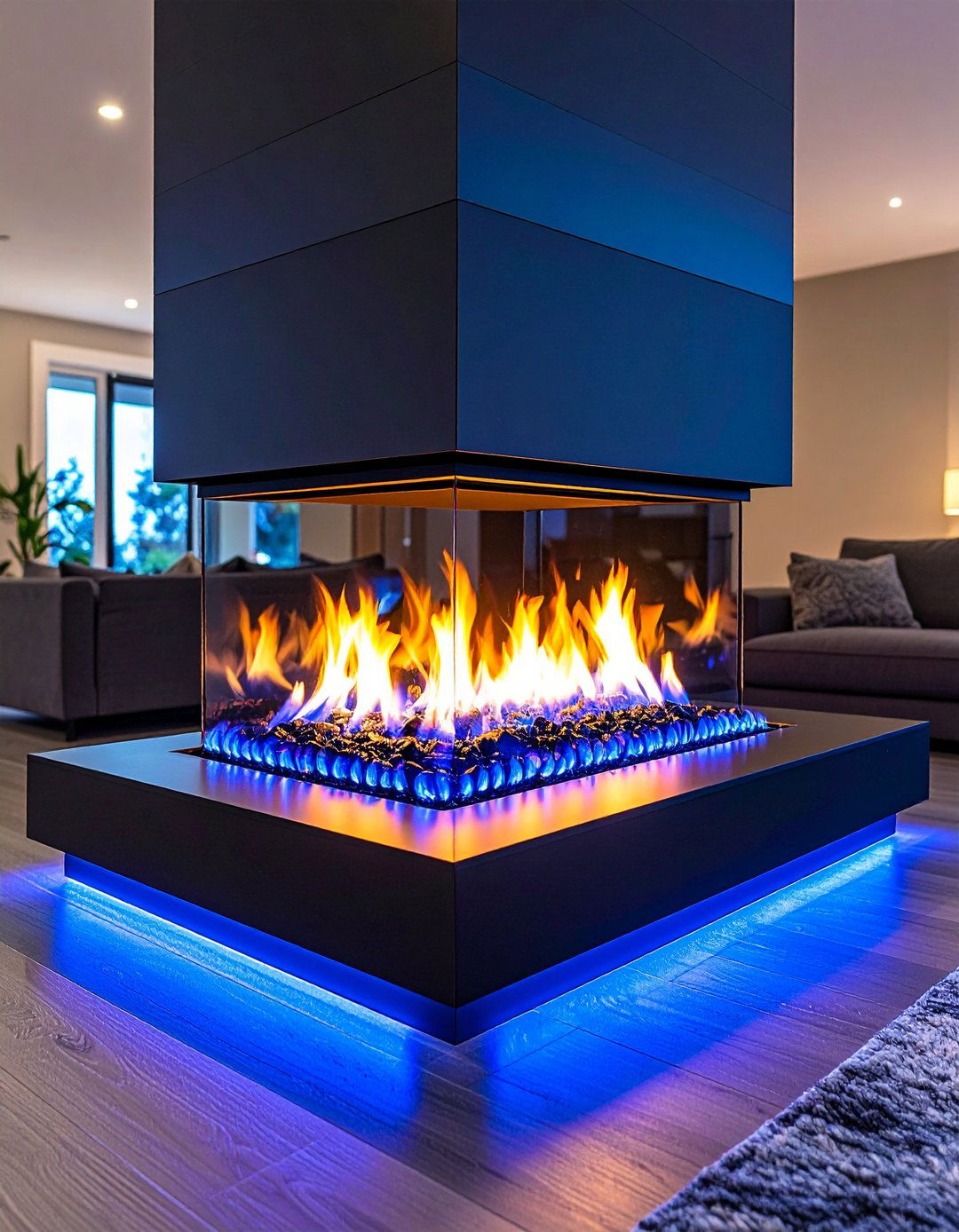
Owing to recent advances in Wi-Fi modules, you can now tell a gas fireplace to ignite, dim, or shut down with a voice command. Smart remotes integrate with popular ecosystems, scheduling the flame to greet you after work or reducing output automatically when a room reaches target temperature. Apps track fuel consumption, helping you budget energy and shrink your carbon footprint. Installation often means swapping a receiver box, so even older units can upgrade quickly. Enhanced control not only boosts convenience but also adds a safety layer by allowing instant shut-off from anywhere.
17. Gas Fireplace with Art Niche Above

To showcase treasured art, carve a recessed niche directly above the gas fireplace and illuminate it with a subtle puck light. Slim venting lets the niche remain shallow while still meeting clearance codes. Painting the cavity a contrasting color frames the piece, or upholster it in linen for soft texture. Swapping artwork seasonally keeps the feature fresh without renovation, turning the fireplace wall into a rotating gallery that balances the dynamic glow below.
18. Floor-to-Ceiling Tile Gas Fireplace
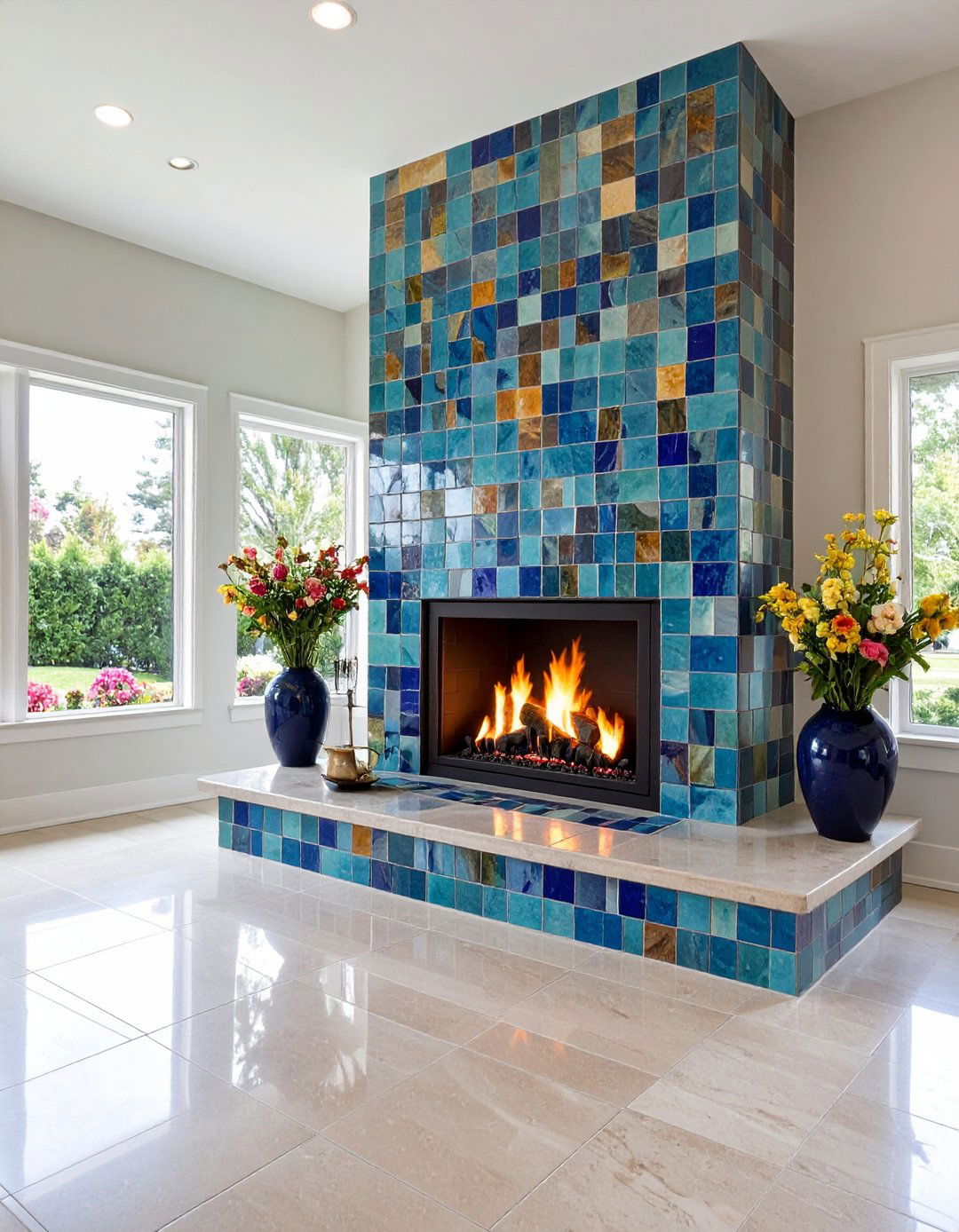
In rooms with ordinary ceilings, cladding a gas fireplace chase in tile from floor to crown visually stretches height and creates a luxurious backbone for décor. Large-format porcelain panels minimize grout lines, while glossy handmade tiles add artisanal shimmer. Extending the same tile onto the hearth platform unifies vertical and horizontal planes, making the installation feel sculpted rather than applied. Whether you choose contrasting grout to spotlight geometry or tone-on-tone hues for spa serenity, the uninterrupted column becomes an undeniable statement piece.
19. Eco-Conscious High-Efficiency Gas Fireplace

Due to advanced burner technology and sealed combustion, today’s high-efficiency gas fireplaces can convert up to 86 percent of fuel into usable heat, slashing bills and emissions. Direct-vent models draw combustion air from outdoors and expel exhaust through a side wall, protecting indoor air quality. Programmable thermostats cycle the fire only when needed, and multi-stage burners let you dial in a gentle flame for spring or full power for deep winter. Comfort and conservation now warm the same hearth.
20. Vent-Free Gas Fireplace for Loft Living
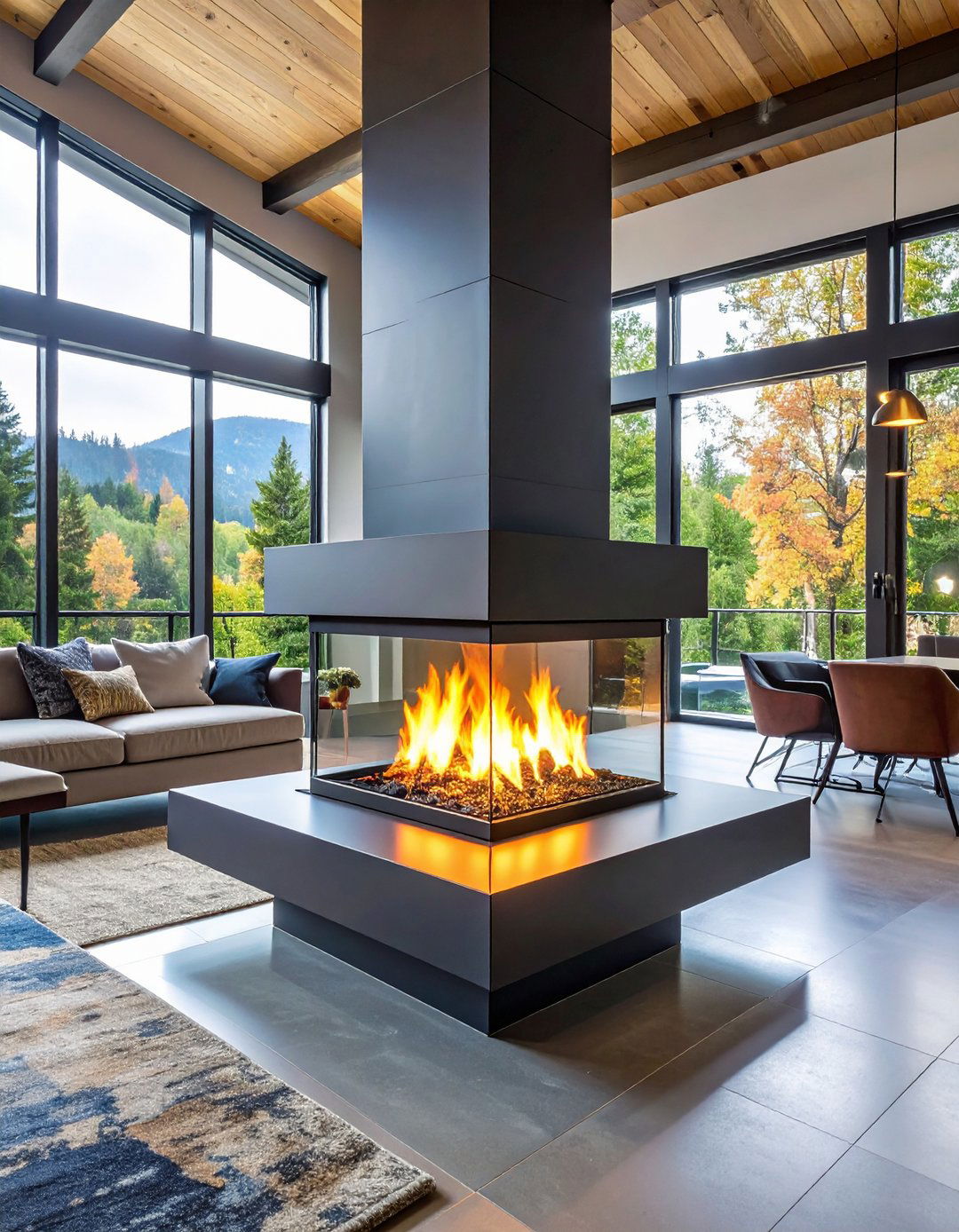
Finally, vent-free gas fireplaces solve the challenge of adding flame to converted lofts where routing a flue through concrete ceilings would break the bank. Catalytic media clean combustion products, returning nearly all warmth to the room. With no chimney required, the fire can center on interior block walls or hang suspended in a sculptural casing. Codes limit BTU output and require oxygen-depletion sensors, so choose the right size unit and add a carbon-monoxide alarm for peace of mind. The payoff is unbeatable design flexibility in urban renovations.
Conclusion:
Whether you’re carving out a quiet reading perch, framing a TV wall, or heating an open-air patio, a thoughtfully chosen gas fireplace can anchor the narrative of your home while saving fuel and maintenance time. The ideas above prove that style and technology now walk hand in hand: sealed glass keeps toddlers safe, smart remotes trim waste, and streamlined forms slip into any décor. Pick the concept that fits your space, partner it with quality installation, and let the effortless glow write new stories across your evenings.



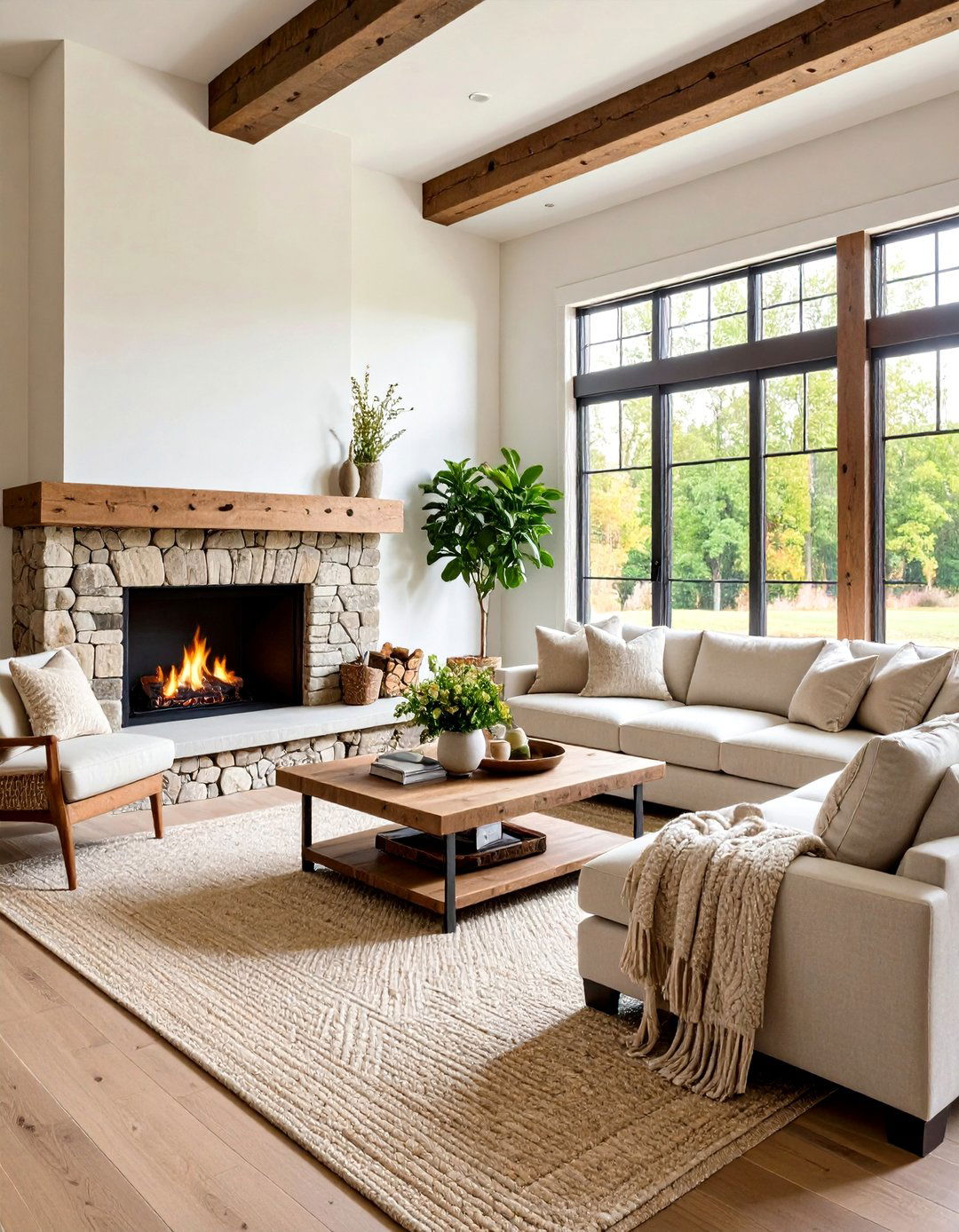
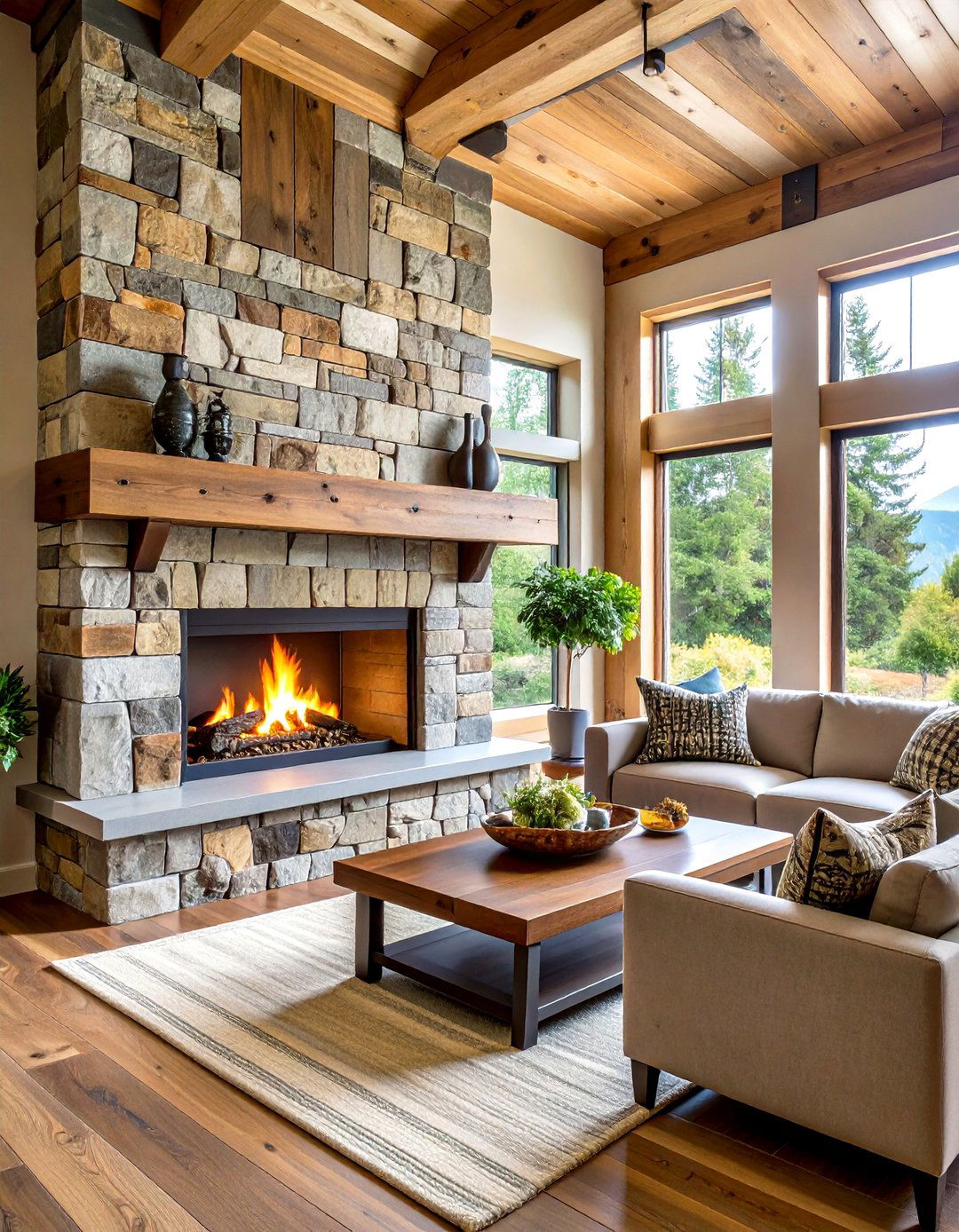
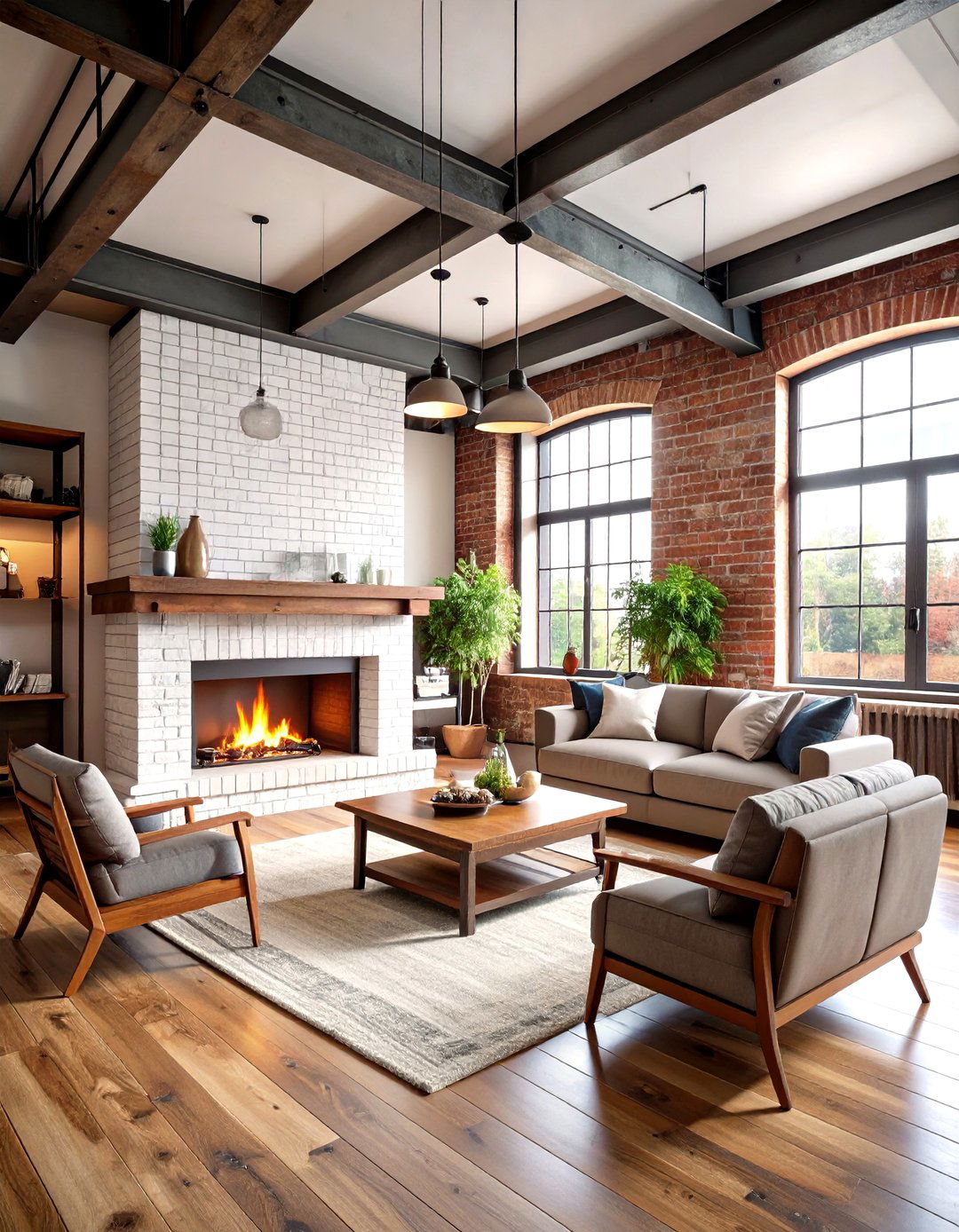
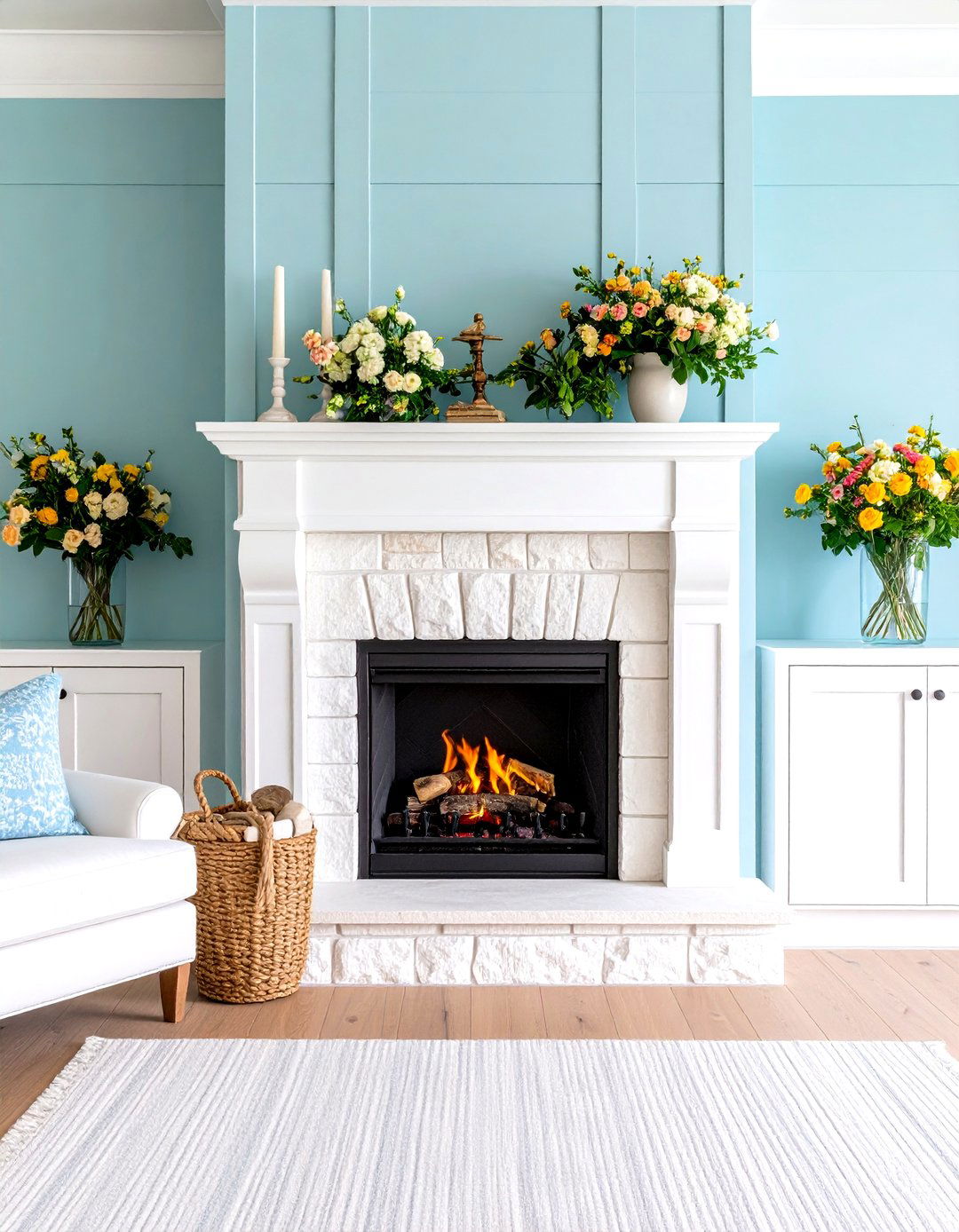
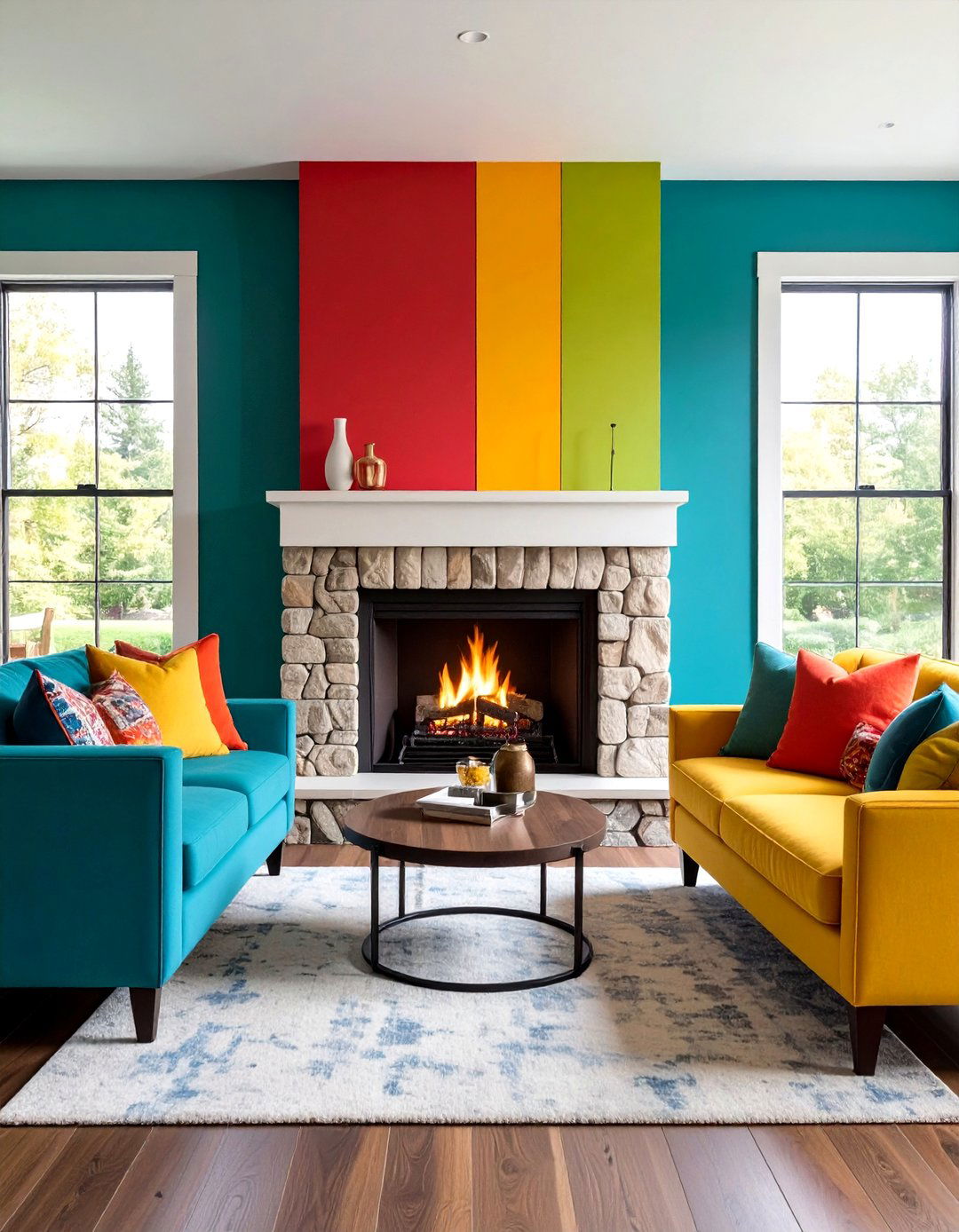
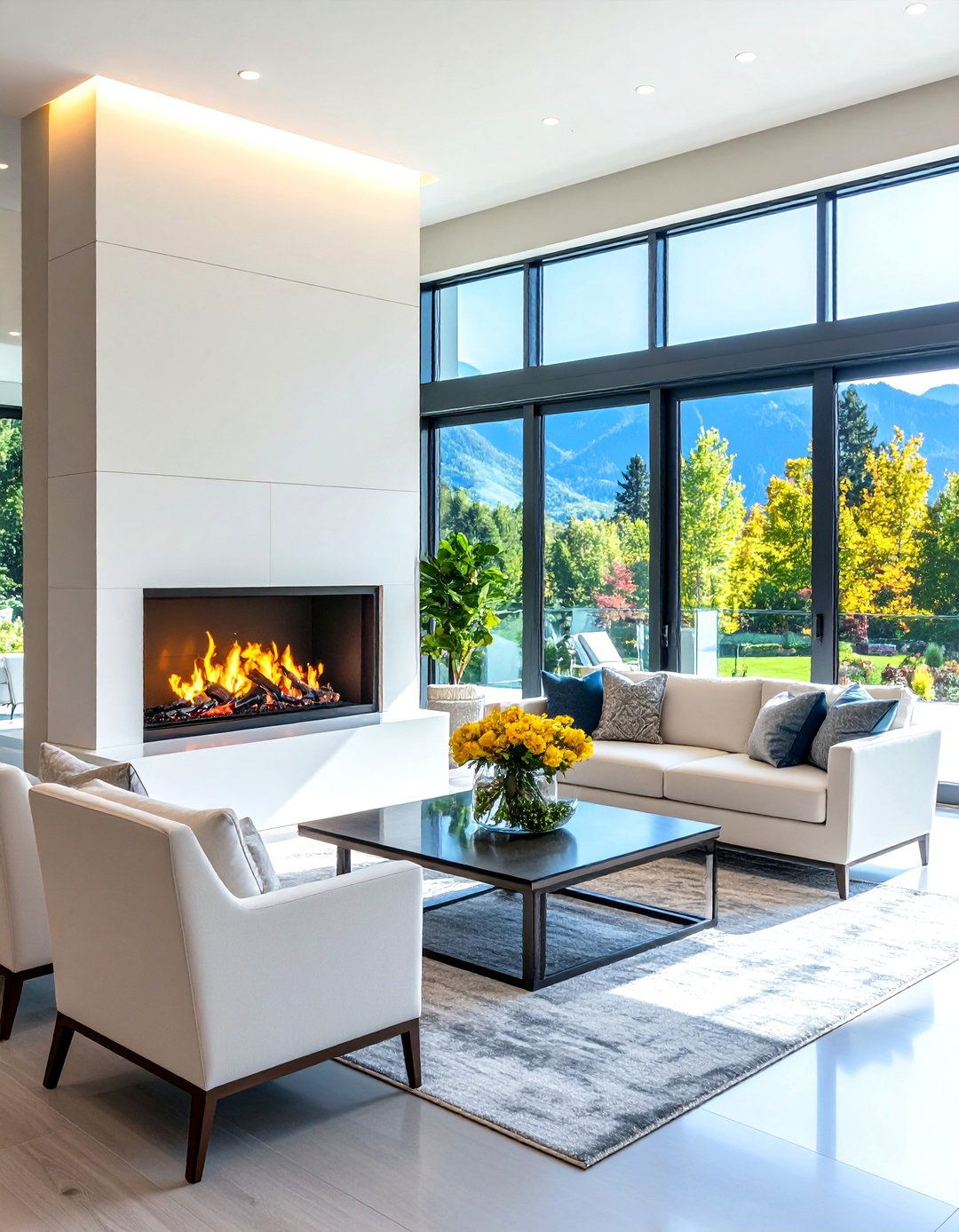
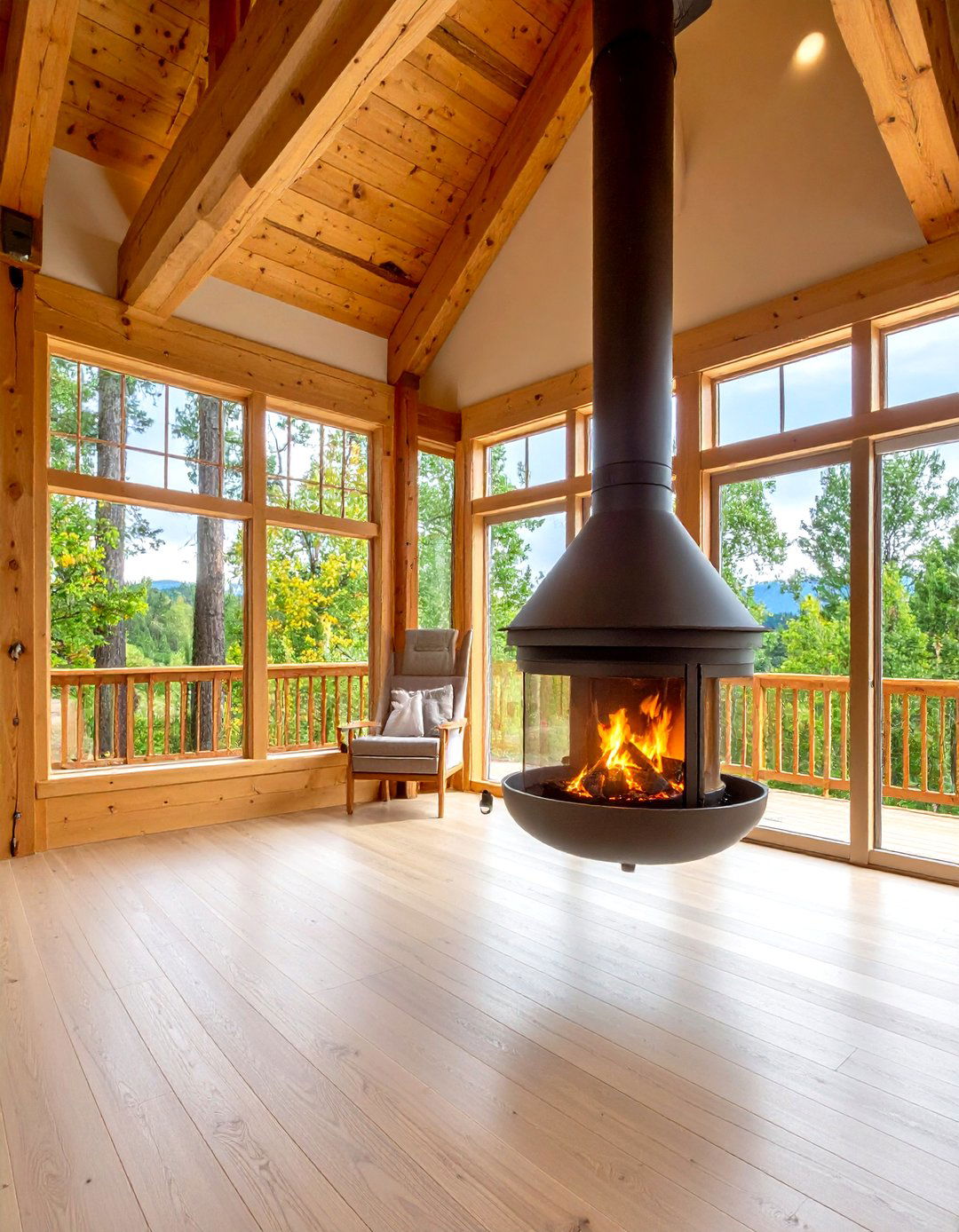
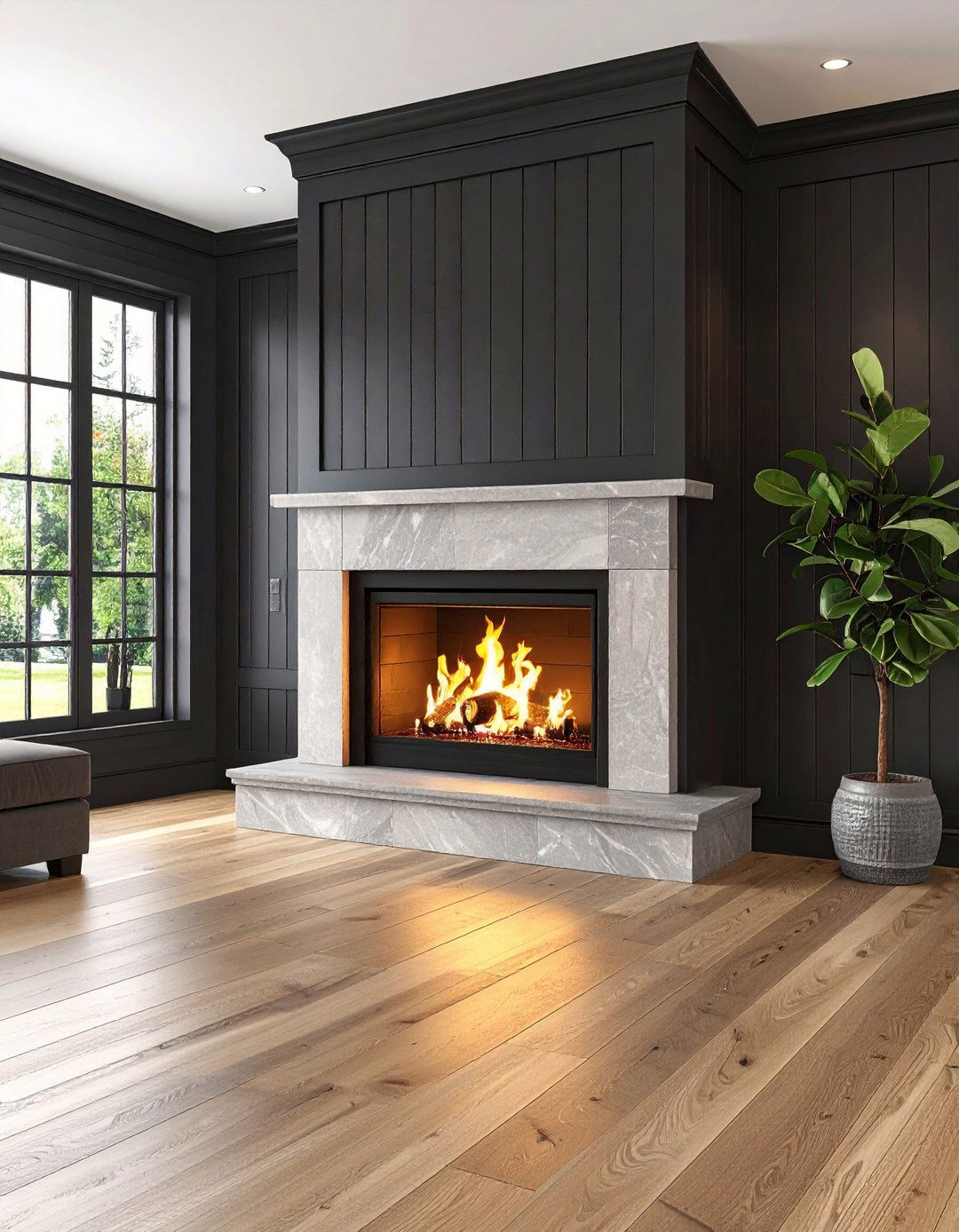
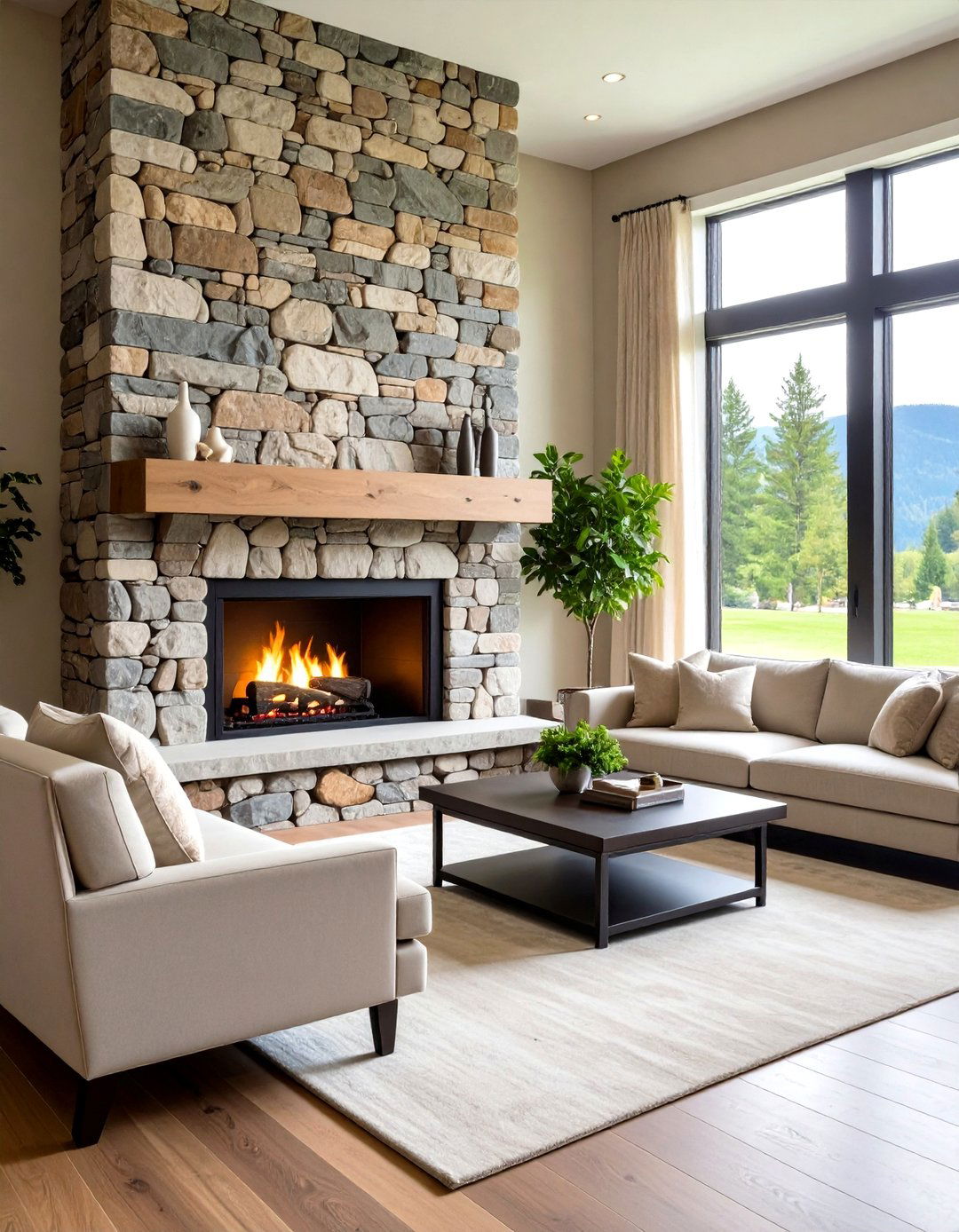
Leave a Reply